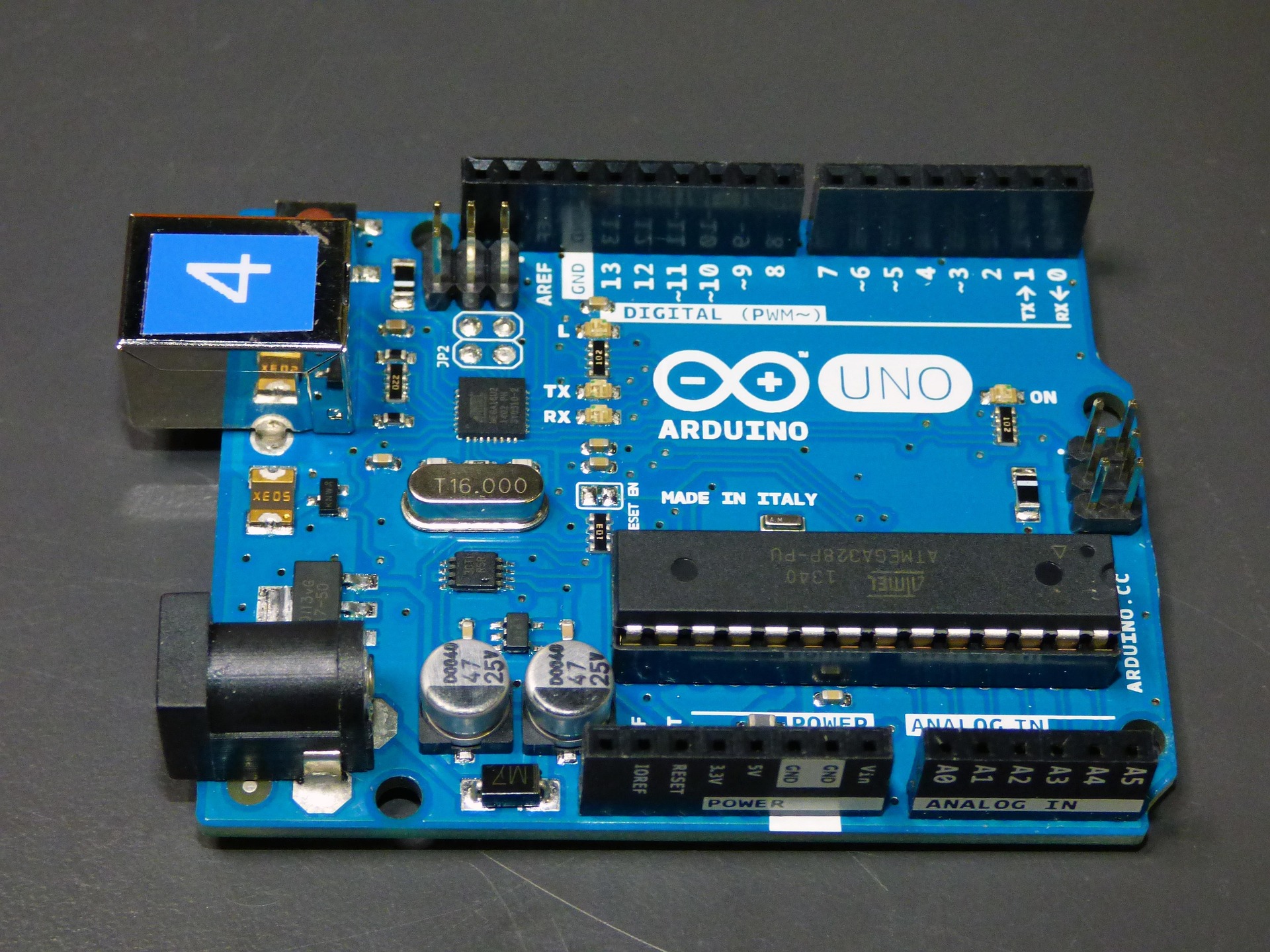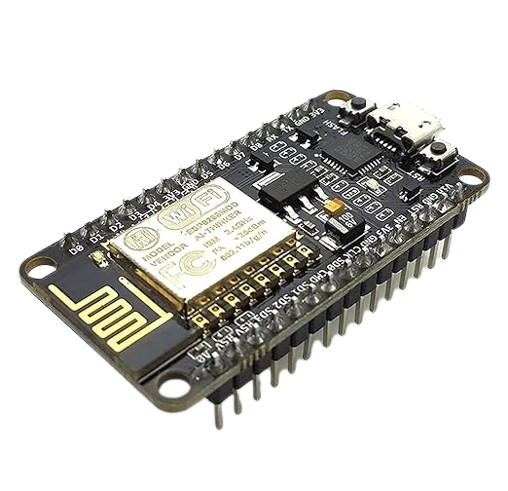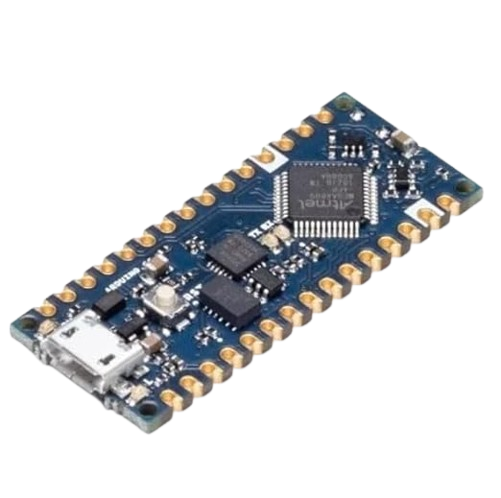What is ESP32 in IoT?

Overview
What is ESP32?
ESP32 is a powerful, low-cost, low-power microcontroller board developed by Espressif Systems. It comes with integrated Wi-Fi, Bluetooth, and a dual-core processor, making it a perfect choice for modern IoT (Internet of Things) and embedded applications. It is the successor of the popular ESP8266 board but offers much more processing power, GPIOs, and peripherals.
Key Features of ESP32
-
Processor: Dual-core Tensilica LX6 @ up to 240 MHz
-
Wi-Fi: IEEE 802.11 b/g/n
-
Bluetooth: v4.2 BR/EDR and BLE
-
GPIO Pins: 34 programmable I/O pins
-
Flash Memory: Typically 4MB (up to 16MB)
-
RAM: 520KB SRAM + External RAM supported
-
Operating Voltage: 3.3V
-
ADC Channels: 12-bit (up to 18 channels)
-
DAC Channels: 2 (8-bit)
-
PWM: Supported on all GPIOs
-
Touch Sensor Support: Up to 10 touch inputs
-
SPI, I2C, UART, CAN, I2S support for interfacing
-
Ultra Low Power (ULP) Co-processor for low-power applications
ESP32 Board Types
| Board Name | Description |
|---|---|
| ESP32-WROOM-32 | Most commonly used, built-in antenna, general-purpose |
| ESP32-WROVER | Includes external PSRAM, great for camera/audio processing |
| ESP32-S2 | Single-core with improved security features |
| ESP32-C3 | RISC-V-based, compact and power-efficient |
| ESP32-S3 | Dual-core with AI instructions and USB OTG support |
| NodeMCU-32S | Developer-friendly with USB interface |
| TTGO T-Display | Built-in LCD screen, battery support |
ESP32 Pinout (Basic Reference)
-
Power Pins: 3V3, GND, EN
-
Digital I/O: GPIO0 – GPIO39
-
Analog Input: GPIO32–39 (ADC1), GPIO0, 2, 4, 12–15, 25–27 (ADC2)
-
PWM Output: All digital pins
-
UART: GPIO1, GPIO3 (default), others configurable
-
SPI/I2C: User-defined (via software libraries)
Note: Some GPIOs are input-only or reserved during boot (e.g., GPIO6–11 used for flash memory).
Why Use ESP32?
- Built-in Wi-Fi & Bluetooth – no need for external modules
- Faster than Arduino & ESP8266
- Supports advanced features like touch, DAC, CAN
- Ideal for IoT, home automation, wearable tech, and industrial monitoring
- Excellent community support & Arduino IDE compatibility
Programming ESP32
ESP32 can be programmed using:-
Arduino IDE
-
ESP-IDF (Espressif IoT Development Framework)
-
PlatformIO
-
MicroPython
-
WiFi.hfor Wi-Fi -
BluetoothSerial.hfor Bluetooth -
ESPAsyncWebServer.hfor web-based control -
Adafruit_Sensor.hand others for interfacing
Real-Life IoT Example Project: Light ON/OFF Using ESP32 and Relay
Components Required
- ESP32-WROOM-32
- 5V Relay Module
- Light Bulb or LED
- 220V AC Supply (for bulb) or 5V DC (for LED)
- Jumper wires, Breadboard
Circuit Diagram (Basic Overview)
ESP32 GND --------------------> Relay GND
ESP32 3.3V -------------------> Relay VCC
Relay COM & NO ---> AC Bulb or LED
Output:
Light turns ON for 5 seconds and then OFF for 5 seconds in a loop.Applications of ESP32
-
Home Automation Systems
-
Wi-Fi/Bluetooth based IoT Devices
-
Smart Sensors & Data Loggers
-
Agricultural Automation
-
Industrial Monitoring
-
Audio Processing Systems
-
AI on the Edge (ESP32-S3)
Advantages of ESP32
- Integrated connectivity (Wi-Fi + BT)
- Cost-effective
- Versatile GPIO
- Wide range of applications
- Support for OTA (Over-The-Air updates)
- Secure (HTTPS, SSL/TLS support)
Limitations of ESP32
- Requires 3.3V logic level
- Some GPIOs are boot-sensitive
- Slightly complex for beginners vs Arduino Uno
- High current draw during Wi-Fi transmission
Where to Buy
Prices may vary. Click on "Buy Now" to check current availability and pricing.
Administrator
Frequently Asked Questions
Common questions about What is ESP32 in IoT?. Find answers to the most frequently asked questions.
User Reviews & Comments
Share your experience with this IoT Blog. Your feedback helps our community make informed decisions!
Share Your Experience
Help others by sharing your thoughts about this IoT Blog.
Related Blogs
Explore more IoT Blogs in the same category

Arduino Uno: A Complete Guide for Beginners and IoT Enthusiasts (2025 Edition)
Microcontroller
Arduino Uno is a beginner-friendly microcontroller board based on ATmega328P, ideal for IoT and electronics projects. This guide covers its features, specifications, and practical applications to help you build smart systems easily and efficiently.

What is ESP8266? Architecture, Pinout, Programming aur Applications
Microcontroller
This guide covers proven strategies to create technical content that drives traffic, increases visibility. Whether you're a beginner or a seasoned blogger, learn how to write about ESP8266, keyword placement, and reader engagement — without compromising content quality.

Getting Started with Arduino Nano for IoT Applications: Step-by-Step Tutorial
Microcontroller
Arduino Nano is a powerful, compact board ideal for beginners and experts to create innovative projects, smart applications, and real-world solutions.
No Reviews Yet
Be the first to share your experience with this IoT Blog!